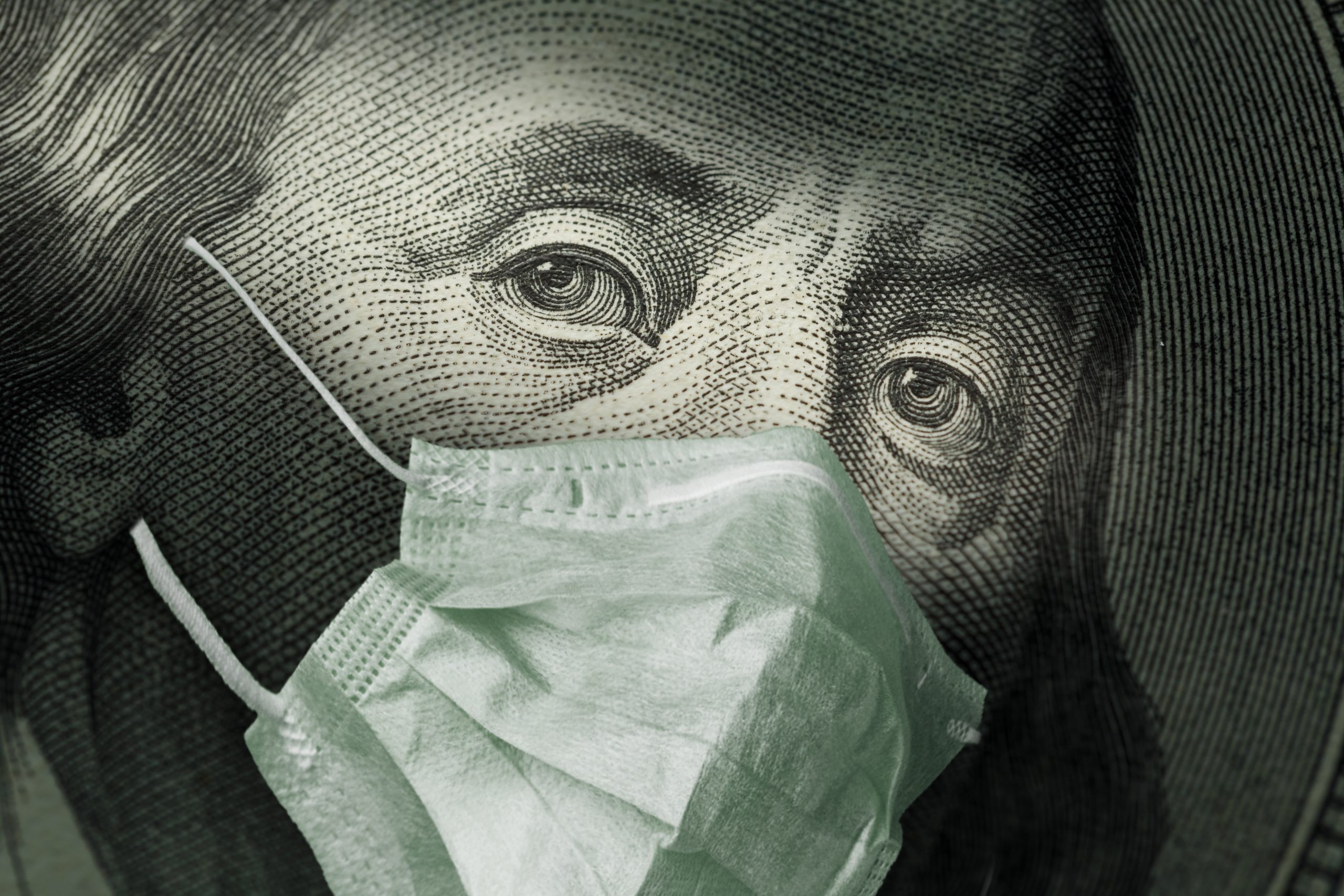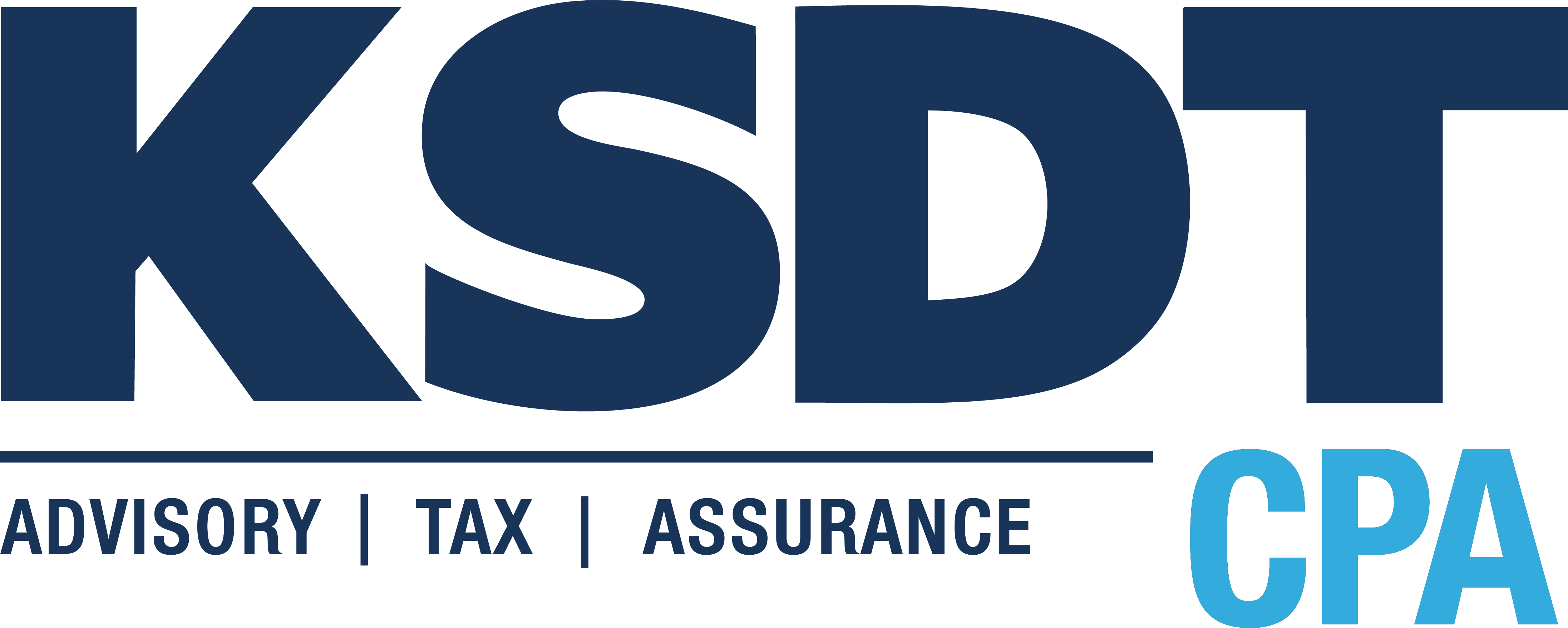Partial PPP loan forgiveness remains if 60% threshold not met
June 8, 2020
Source: by Jeff Drew, Journal of Accountancy
Borrowers under the Paycheck Protection Program (PPP) can qualify for partial loan forgiveness if less than 60% of the PPP loan is used for payroll, the U.S. Small Business Administration (SBA) and Treasury said Monday.
Legislation signed June 5 lowered to 60% from 75% the minimum percentage of PPP funds borrowers have to spend on payroll costs to have the loans forgiven. But while the original PPP rules allowed for partial loan forgiveness under the 75% basement, the new bill passed by Congress had language that could be interpreted as saying that if the borrower did not spend at least 60% of the PPP funds on payroll costs, none of the loan would be forgiven.
But a joint statement Monday from SBA Administrator Jovita Carranza and Treasury Secretary Steven Mnuchin clarified that partial loan forgiveness will also be available under the 60% threshold. Specifically, if a borrower uses less than 60% of the loan amount for payroll costs during the forgiveness covered period, the borrower will continue to be eligible for partial loan forgiveness, subject to at least 60% of the loan forgiveness amount having been used for payroll costs.
A co-sponsor of the bill in the House, Rep. Chip Roy, R-Texas, had said in a speech on the House floor that the intention was to maintain partial forgiveness, but Sens. Marco Rubio, R-Fla., and Susan Collins, R-Maine, had expressed concerns that the language in the new legislation could create what Collins termed a 60% cliff. Monday’s statement addresses those concerns.
New rules, guidance, applications coming
The SBA, in consultation with Treasury, will “promptly” issue rules and guidance, a modified borrower application form, and a modified loan forgiveness application implementing the amendments to the PPP made in the new law, the statement said. In addition to confirming that June 30, 2020, remains the last date on which a PPP loan application can be approved, the new rules will implement the following changes:
• Extend the covered period for loan forgiveness from eight weeks after the date of loan disbursement to 24 weeks after the date of loan disbursement, providing substantially greater flexibility for borrowers to qualify for loan forgiveness. Borrowers that have already received PPP loans retain the option to use an eight-week covered period.
• Provide a safe harbor from reductions in loan forgiveness based on reductions in full-time-equivalent (FTE) employees for borrowers that are unable to return to the same level of business activity the business was operating at before Feb. 15, 2020, due to compliance with requirements or guidance issued between March 1, 2020, and Dec. 31, 2020, by the secretary of Health and Human Services, the director of the Centers for Disease Control and Prevention, or the Occupational Safety and Health Administration related to worker or customer safety requirements related to COVID-19.
• Provide a safe harbor from reductions in loan forgiveness based on reductions in FTE employees, to provide protections for borrowers that are both unable to rehire individuals who were employees of the borrower on Feb. 15, 2020, and unable to hire similarly qualified employees for unfilled positions by Dec. 31, 2020.
• Increase to five years the maturity of PPP loans that are approved by the SBA (based on the date the SBA assigns a loan number) on or after June 5, 2020.
• Extend the deferral period for borrower payments of principal, interest, and fees on PPP loans to the date that the SBA remits the borrower’s loan forgiveness amount to the lender (or, if the borrower does not apply for loan forgiveness, 10 months after the end of the borrower’s loan forgiveness covered period).
For more information and comparison, please visit KSDT PPP Forgiveness Page
How Can We Help?
Call or email our team today
KSDT CPA is ready to navigate the process with you. Fill out the form below and our team will contact you shortly.


